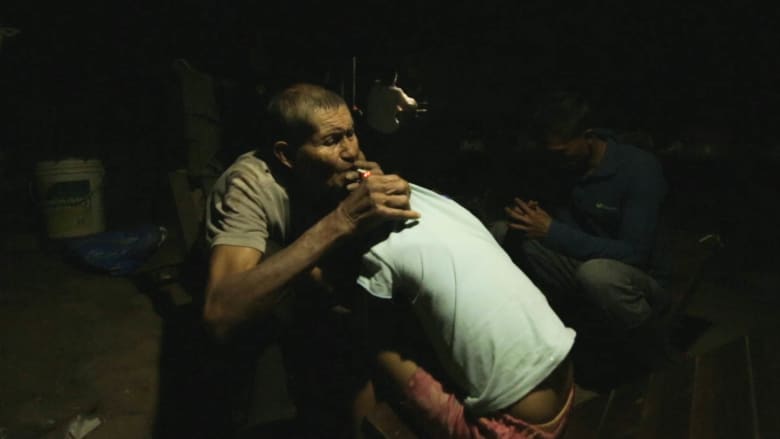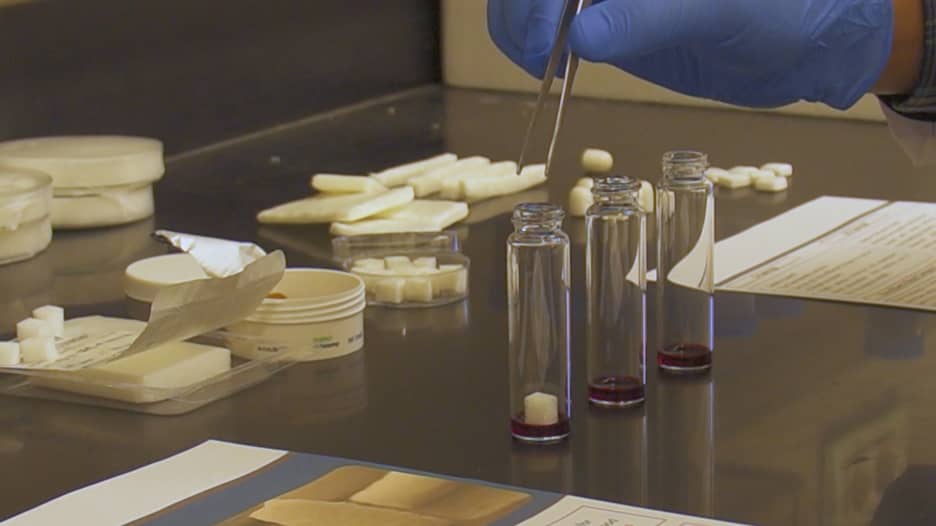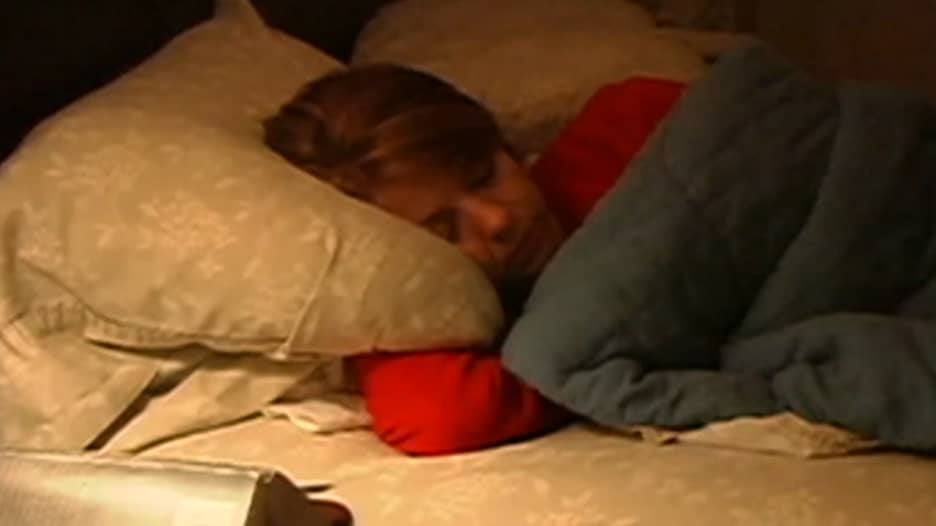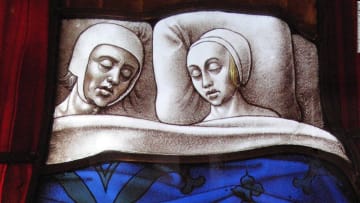دبي، الإمارات العربية المتحدة (CNN)-- تُشير تسع علامات قطع على عظمة ساق متحجرة إلى أن أقارب البشر القدامى ذبحوا وربما أكلوا بعضهم البعض قبل 1.45 مليون عام، وفقًا لما ذكرته دراسةٍ جديدة.
وعُثر على قصبة الساق المتحجرة في مجموعة "متحف نيروبي الوطني" التابع لـ"متاحف كينيا الوطنية" من قِبَل عالمة المستحاثات البشرية في المتحف الوطني للتاريخ الطبيعي في العاصمة الأمريكية واشنطن، بريانا بوبينر.
وكانت بوبينر تدرس المجموعة بحثًا عن علامات العض من حيوانات منقرضة ربما قامت بافتراس أشباه البشر القدامى عندما صادفت جروحًا بدت وكأنها صُنِعت بواسطة أدوات حجرية.
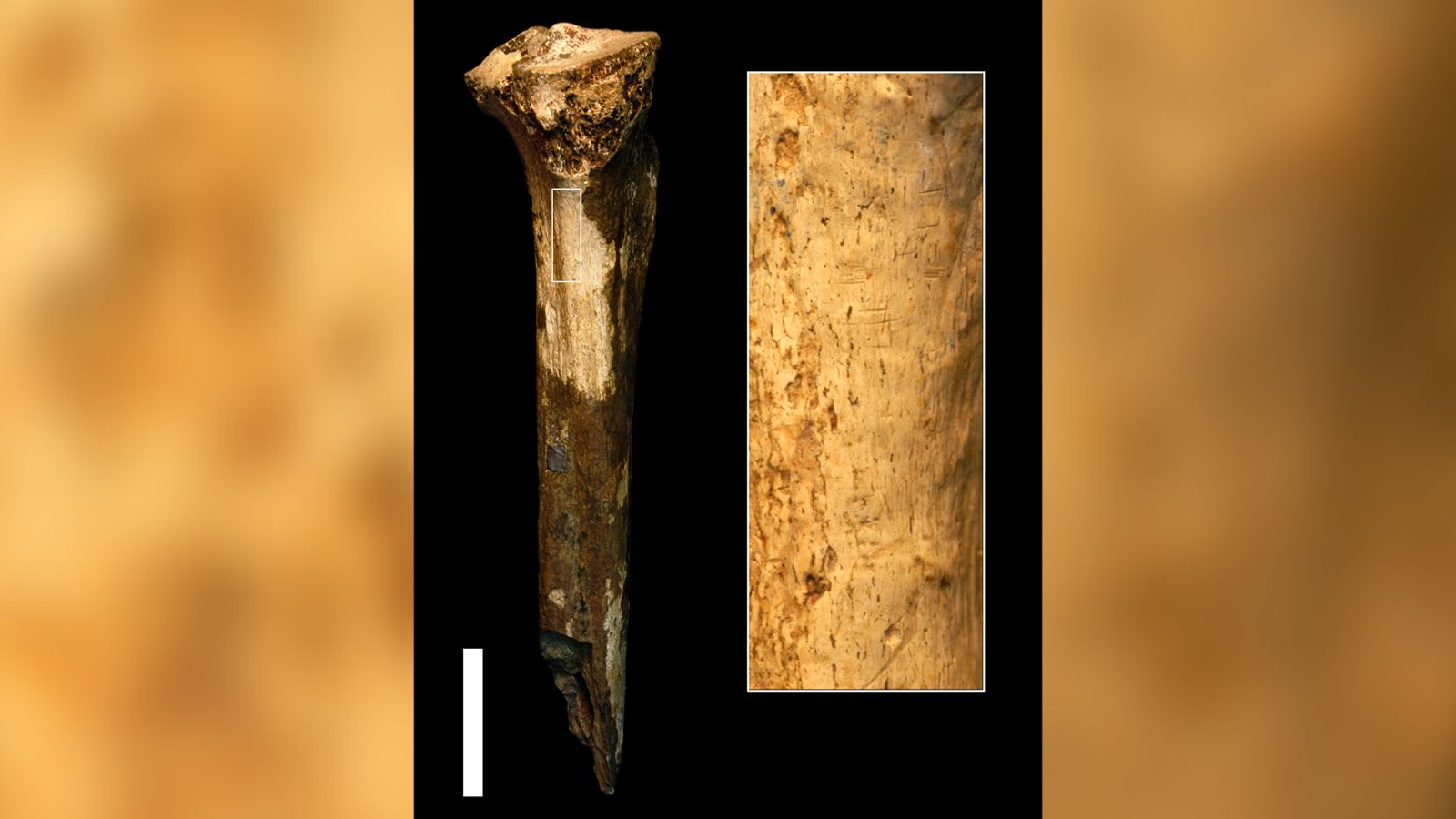
وأفادت بوبينر في بيانٍ صحفي: "بدت علامات القطع هذه مشابهة جدًا لما رأيته في حفريات الحيوانات التي تم استهلاكها"، مضيفة: "يبدو على الأرجح أنّه تم تناول لحم الساق بغرض التغذية بدلاً من كونه من أجل ممارسة الطقوس".
ما الذي تكشف عنه العلامات

وصنع المؤلف المشارك في الدراسة، وعالم المستحاثات البشرية في جامعة ولاية كولورادو الأمريكية، مايكل بانتي، نماذج ثلاثية الأبعاد بناءً على قوالب العلامات الموجودة على العظام.
وقارن بانتي شكل علامات القطع بقاعدة بيانات متوفرة لـ 898 من علامات الأسنان الفردية، والذبح، والسحق المصنوعة أثناء التجارب المضبوطة.
ولم تخبره بوبينر باعتقادها أنّ علامات القطع صُنعت بواسطة أدوات حجرية، لكن وصل تحليله إلى النتيجة ذاتها.
تناول أشباه البشر لبعضهم البعض
وبمفردها، لا تثبت الجروح بشكلٍ قاطع ما إذا صَنَع قريب الإنسان القديم، الذي تسبب بالجروح، وجبةً من ساق الضحية، ولكن أكّدت بوبينر أنّ ذلك ممكن.
وتقع العلامات في المكان الذي كان من الممكن أن تلتصق فيه عضلة ربلة الساق بالعظم، وهو مكان مناسب للقطع إذا كان الهدف هو إزالة اللحم.
وأضحت بوبينر: "تخبرنا معلوماتنا أنّ أشباه البشر كانوا على الأرجح يأكلون أشباه البشر الآخرين منذ 1.45 مليون عام على الأقل".
وأفادت الباحثة في الأصول البشرية من متحف التاريخ الطبيعي بالعاصمة البريطانية لندن، سيلفيا بيلو، أنّ أكل لحوم البشر ربما كان أكثر شيوعًا في الماضي ممّا كان يُعتقد سابقًا، مشيرةً إلى أنه عُثر أيضًا على أدلة لهذا السلوك في المواقع الأثرية المرتبطة بإنسان "نياندرتال"، أو الإنسان البدائي، والإنسان الحديث المبكّر.
وعلى سبيل المثال، كان إنسان "نياندرتال" الذي عاش قبل 100 ألف عام، يمارس أكل لحوم البشر، وقد يعود سبب ذلك إلى صعوبة الحصول على الطعام بسبب المناخ الأكثر دفئًا.
ونُشرت الدراسة في مجلة "Scientific Reports"، الإثنين.
ورأت بيلو، التي لم تشارك في البحث، أنّ الدراسة "مهمة لأن هذا الاكتشاف الجديد يشير إلى أنّ أكل لحوم البشر ربما كان يمارس في بعض الأحيان على الأقل، ومنذ وقتٍ بعيد في تاريخ أجدادنا".
